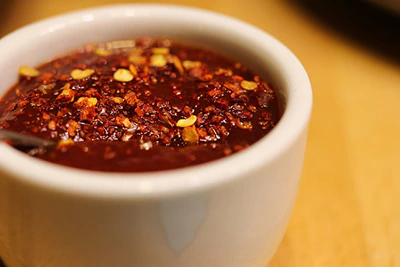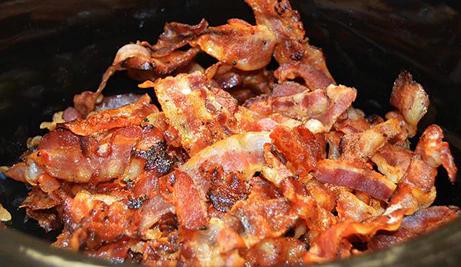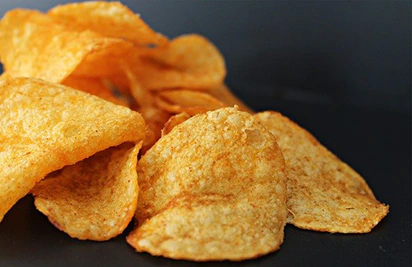| Essence |
Paprika Extract or E160c is a red, naturally-occurring substance to color, flavor, or influence the smell of a food, supplement, or medicine. |
| Names |
Bell Pepper Extract, E160c, Paprika Extract, Capsanthin, Paprika Oleoresin, Capsorubin, Paprika Powder, Capsaicin, and others. |
| Sourcing |
Typically, it is sourced from the bell pepper or paprika, also known as the Capsicum annuum. |
| Manufacturing |
Bell peppers or paprikas are gathered from the crops. They are then dried out either in hot air-dryers, drying chambers, or by sun-drying. The dried fruits are then to undergo grinding and pelleting. On the outcome of that solvent extraction is applied. Solvents like Ethanol, Ethyl acetate, Carbon dioxide, Hexane, Methanol, Acetone, Propan-2-ol, or Dichloromethane can be used for the application. On average, a single kilogram of dried bell peppers produce some 90 to 120 grams of Paprika Extract. Additionally, there are other ways to create the E160c extract. |
| Application |
Coloring (red to dark red, fat-soluble, water-insoluble), flavoring (for a particular taste in certain products), and smell (to offer a certain kind of smell). |
| Acceptable Daily Intake |
It is recommended to consume no more than 24 milligrams of Paprika Extract on every kilogram of body weight daily (EFSA). |
| Side Effects |
It can only cause damage in seriously high amounts. To that end, it can cause a runny nose, sweating, and stomach discomfort. Skin rash and itching in the mouth can also happen. But with an allergic reaction, it can also be more violent than that (like causing difficulty breathing). |
| Benefits |
This extract can offer a wide range of different gains. It can help fight cancer, boost the immune system, aid heart health, alleviate gas, improve vision, promote healthy cholesterol levels and sleep, reduce inflammation, support healthy blood sugar levels, foster blood health, battle skin problems, combat hair loss, and more. |
| Studies |
5,700+ studies on Pubmed. 265+ studies on safety. |
| Allergens |
None. |
| Diet Restrictions |
None. |
Health Knight Assessment
|
Only Beneficial. | Category 0 Additive. |
| Products |
It can be used in processed foods like chips, fish fingers, ham, soups, jellies, bacon, sausages, mayonnaise, chili sauces, seasonings, sweets, candy, ketchup, chicken slices, cod fillets, pizzas, noodles, pies, sauces in general, tortilla, pasta, fries, pastries, BBQ ribs, multigrain hoops, crackers, gnocchi, various snacks, ice cream, salad dressings, canned foods, marinades, processed fruit, spice mixtures, and others. |



